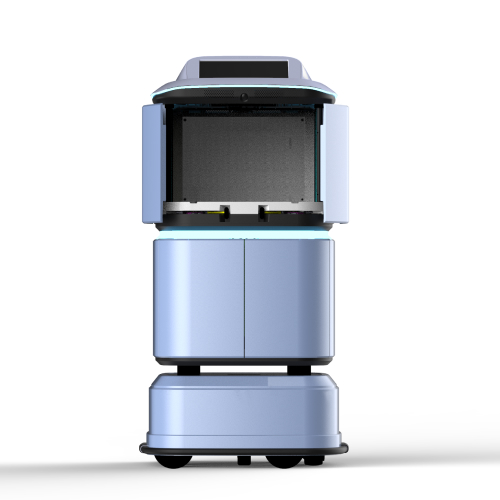Introduction
Hotel housekeeping has long been one of the most labor-intensive operations in the hospitality industry. Rising labor costs and ongoing staff shortages have made it even harder to keep service standards high. Service robots now offer a practical way to ease these pressures: transporting linens, delivering amenities, and even assisting with disinfection. In this post, we’ll look at real use cases, outline a 90-day pilot plan, and provide a practical readiness checklist and a financial sheet for hotel managers considering deployment.

The Rise of Housekeeping Robots
Service robots are becoming increasingly common in hotel corridors and back-of-house operations. These robots can handle the repetitive, physically demanding tasks, allowing human staff to focus on guest service.
Key robotic functions include:
-
Delivery Logistics: Transporting towels, linens, and amenities to guest floors, or moving laundry between rooms and service closets.
-
Autonomous Cleaning: Running vacuuming and mopping routes in long corridors, conference halls, and lobbies (as seen in deployments by major chains like Hilton).
-
Hygiene Support: Conducting UV or spray disinfection in public areas and unoccupied rooms, boosting guest confidence in cleanliness.
-
Night-Shift Support: Running deliveries after hours to maintain service without requiring additional late-night human staffing.
Far from replacing staff, these robots free up human teams to focus on guest-facing, high-value tasks like turndown service, proactive guest check-ins, and resolving complex requests.
A 90-Day Pilot Plan for Hotels
Launching a pilot is essential to measure quantifiable benefits before scaling. A sample 90-day roadmap for a single property might look like this:
Key KPIs to Track for ROI:
Deployment Readiness Checklist: Ensuring Success
Before making an investment, hotel managers should confirm the following five areas are prepared:
-
Route Mapping: Clear corridors, defined delivery points, and confirmed seamless elevator integration.
-
System Integration: Ability to link the robot management platform with the property management system (PMS) or housekeeping dashboards for automated task dispatching.
-
Staff Training & Empowerment: Orientation sessions not only on basic operation but also on troubleshooting, emergency protocols, and specifically how the robot frees them to perform higher-value hospitality tasks (proactively addressing change management fears).
-
Safety Measures: Clear emergency stop protocols, appropriate corridor signage, and compliance with local fire/building codes.
-
Guest Communication Strategy: Use lobby signage, in-room TV slides, and welcome notes to introduce the "new automated team member" and encourage interaction, turning a delivery into a memorable unique guest experience and photo opportunity.
 Financial Snapshot: Deployment Cost & ROI Sheet
Financial Snapshot: Deployment Cost & ROI Sheet
The Return on Investment (ROI) for service robots is typically realized through labor optimization (not replacement) and enhanced guest satisfaction. Below is a simplified, estimated financial breakdown.
Estimated 3-Year Cost & Potential Savings (Per Robot)
-
Key ROI Insight: Many hotels report a payback period of 12 to 24 months as the robot's annual time savings quickly offset the initial investment, particularly in areas with high staff turnover or high wages.
Overcoming Common Challenges
Successfully integrating robots requires more than just buying the hardware. Challenges include:
-
Connectivity Gaps: Older buildings often need a thorough Wi-Fi mesh network upgrade to ensure uninterrupted navigation.
-
Change Management: Staff may worry about job security. Clear communication and demonstrating how robots reduce physical strain and create more time for guest interaction is crucial.
-
Maintenance Planning: Robots need a formal schedule for daily charging and preventative servicing to minimize operational downtime.
-
Guest Perception: While most guests enjoy the novelty, a few may prefer a traditional, human-only service. Maintaining a balanced approach where staff remain highly visible for complex requests is crucial.
 Conclusion
Conclusion
Housekeeping robots are no longer futuristic concepts—they're practical tools that can reduce strain on staff, improve efficiency, and elevate service levels. By piloting carefully, empowering human teams, and planning for seamless integration, hotels can realize measurable ROI while staying ahead of the curve. The key is to treat robots as valued, non-human team members designed to optimize, not replace, the art of hospitality.
Ready to explore hotel housekeeping robots? Contact Shenpop Robotics to schedule a pilot and see the efficiency and guest experience benefits firsthand.